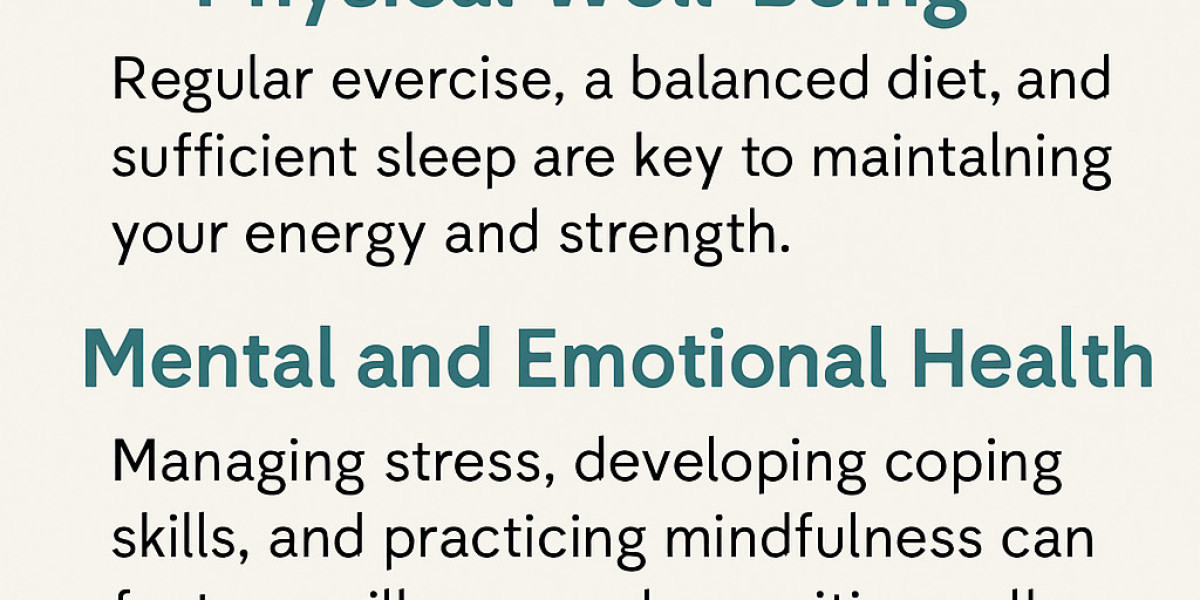Shoulder pain is a common issue that can affect people of all ages. You might feel it when lifting something, turning your head, sleeping, or even while sitting still. It can range from a mild ache to a sharp, constant pain that affects your daily routine.
This blog covers the top 7 shoulder pain causes, why they happen, and what you can do about them. If the pain becomes hard to manage, medications like Aspadol may be considered for short-term relief, but they should only be used with a doctor’s guidance.
1. Rotator Cuff Injuries
The rotator cuff is a group of muscles and tendons that keep your shoulder joint in place. It helps you lift and rotate your arm.
Common problems:
Tears (from injury or overuse)
Tendonitis (inflammation of tendons)
Bursitis (swelling of fluid sacs near the joint)
Symptoms:
Pain while lifting or moving your arm
Weakness in the shoulder
Trouble sleeping on the affected side
Rotator cuff injuries are common in athletes, older adults, and people who perform repeated overhead movements like painting or lifting.
2. Frozen Shoulder (Adhesive Capsulitis)
Frozen shoulder happens when the tissue around the shoulder joint becomes tight and stiff. This can limit your range of motion and cause long-term discomfort.
Causes:
After surgery or injury (due to lack of movement)
Conditions like diabetes or thyroid disorders
Symptoms:
Gradual onset of pain
Stiffness that worsens over time
Limited ability to raise or rotate your arm
Pain relievers and physical therapy are often recommended. In severe cases, a doctor may suggest short-term pain medication like Aspadol.
3. Arthritis
Arthritis is a leading cause of joint pain, including in the shoulders. The most common types are osteoarthritis (due to wear and tear) and rheumatoid arthritis (an autoimmune condition).
Symptoms:
Stiffness in the shoulder joint
Pain that worsens with movement
Swelling or warmth around the joint
Shoulder arthritis tends to develop over time. Treatment includes rest, gentle exercise, physical therapy, and medication for inflammation and pain. Some patients may explore prescription options like Aspadol tablets if other treatments aren’t working.
4. Poor Posture
Yes, something as simple as sitting the wrong way can cause shoulder pain. Poor posture, especially from long hours at a desk or computer, puts extra pressure on your neck and shoulders.
Posture-related pain triggers:
Slouching forward
Leaning on one side
Working without arm support
Symptoms:
Dull or tight pain in the upper shoulder and neck
Soreness at the end of the day
Headaches or back stiffness
Fixing your posture, adjusting your work setup, and doing light stretches can make a big difference.
5. Shoulder Dislocation or Instability
A shoulder dislocation occurs when the upper arm bone comes out of the shoulder socket. This can be caused by accidents, sports injuries, or falls.
Signs of dislocation:
Sudden, intense shoulder pain
Visible deformity
Swelling or bruising
Some people may also have shoulder instability, where the joint feels loose or pops out repeatedly. After the shoulder is set back in place, short-term pain relief with medicines like Aspadol may be prescribed while healing takes place.
6. Nerve-Related Pain (Pinched Nerve)
A pinched nerve in the neck or upper back can cause pain that spreads to the shoulder. This is often due to:
A herniated disc
Bone spurs
Muscle tightness compressing the nerve
Symptoms:
Sharp or burning pain
Tingling or numbness
Weakness in the arm or hand
Nerve pain can be tricky to treat. Physical therapy, gentle stretching, and temporary use of medications may help. In some cases, your doctor may recommend stronger medications like Aspadol for relief.
7. Overuse or Repetitive Motion
If your job or routine involves repeated shoulder movement, such as lifting, typing, or carrying heavy loads, you could develop pain over time. This type of pain is due to stress on muscles and tendons from overuse.
Common causes:
Manual labor jobs
Sports like swimming, tennis, or baseball
Carrying heavy backpacks or bags
Symptoms:
Aching pain that builds gradually
Pain worsens with activity
Relief with rest
Taking breaks, using proper technique, and doing strengthening exercises can prevent this kind of pain. If the pain becomes severe, short-term medications like Aspadol tablets may be used under doctor supervision.
When to See a Doctor
You should contact a doctor if you experience:
Pain that lasts more than a few days
Trouble moving your arm
Swelling or bruising
Sudden, sharp pain after a fall or injury
Signs of infection (redness, warmth, or fever)
Ignoring shoulder pain can lead to worse problems over time. Early treatment helps you recover faster and avoid long-term damage.
Can Aspadol Help with Shoulder Pain?
Aspadol is a prescription pain reliever used for moderate to severe pain. It contains Tapentadol, which acts on the brain to block pain signals and reduce discomfort.
It may be helpful if:
Your shoulder pain is very strong
Other painkillers like ibuprofen aren’t working
You’re recovering from surgery or injury
Your doctor has prescribed it for short-term use
Aspadol should only be used under medical guidance. It’s not meant for minor pain or long-term use.
How to Buy Aspadol in the U.S.
In the United States, you must have a valid prescription to buy Aspadol. It is a controlled medication due to the risk of misuse or dependence.
Tips:
Only use licensed pharmacies
Avoid websites selling without a prescription
Always follow your doctor’s dosage instructions
If you're dealing with severe shoulder pain and thinking about trying Aspadol, talk to your healthcare provider first.
Final Thoughts
Shoulder pain can affect your daily life, sleep, work, and movement. Understanding the top shoulder pain causes—from injury and arthritis to posture and nerve problems—can help you take the right steps toward relief.
For mild pain, rest, stretches, and posture changes may be enough. For more severe pain, talk to your doctor about medications like Aspadol that offer short-term relief while you heal.
Don’t ignore your shoulder pain. The earlier you find the cause, the easier it is to treat and get back to your normal life.








